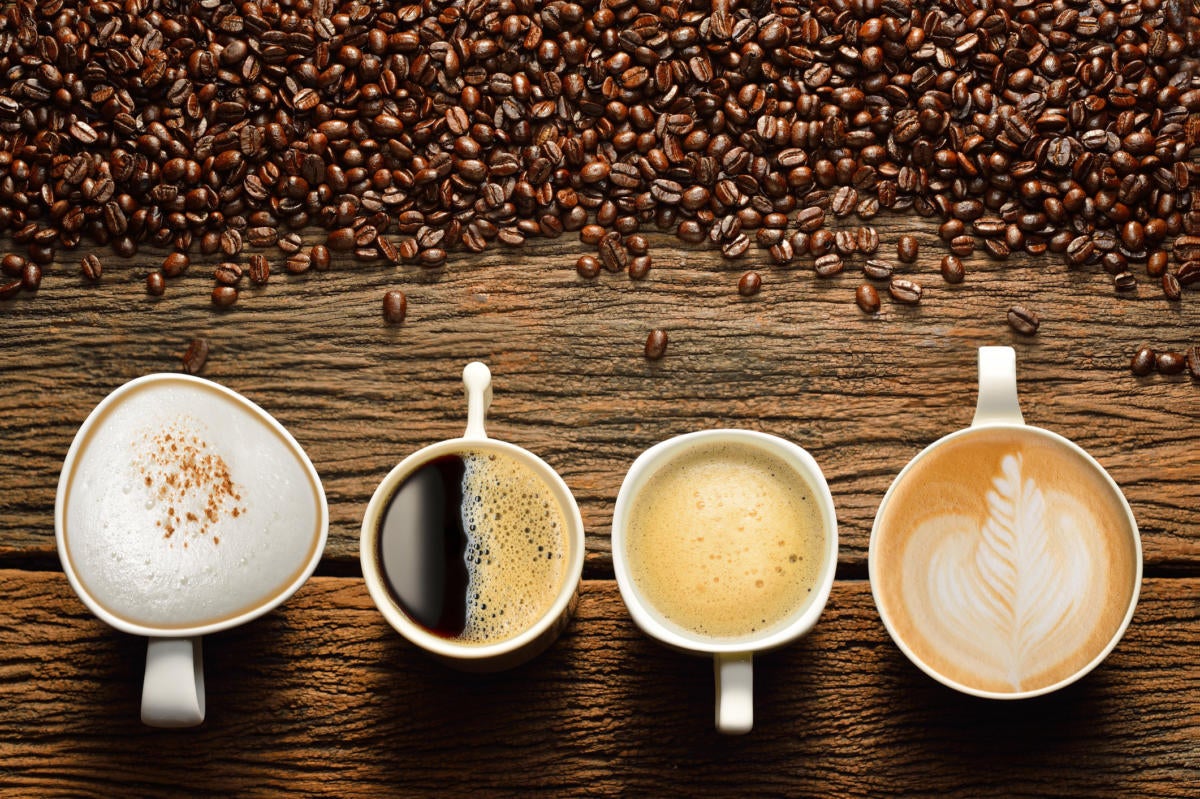
Espresso is the basis for most of the coffee and milk based drinks on the menu. The material costs are around 15 cents to make a shot of espresso, and about 35-40 cents to make a mocha, cappuccino or latte ? Obviously, location, staffing and equipment include a lot to the cost, however the low consumable expenses vs. high retail prices are among the primary reasons numerous coffee bars are emerging in the areas across America.
Follow the link for the full article Click for more info.
This guide presents the practical details required for you to choose the right espresso equipment for your house, workplace, or business. Without a firm knowledge of the various espresso makers, the choice procedure may be somewhat overwhelming and confusing simply due to the truth there are so many designs to choose from. This guide is not really brief, but investing the time to read it will significantly boost your buying experience.
Espresso is just another method by which coffee is brewed. There are many different methods of brewing coffee that include making use of a range leading coffee maker, percolator, French press (or coffee press), vacuum pot and others. Espresso is brewed in its own unique method.
Espresso is a beverage that is produced by pressing hot water, between 192F and 204F, at high pressures, through a bed of carefully ground, compressed coffee. The shot is brewed for approximately 25 to 30 seconds, and the very same time applies to both a single or double shot (double baskets are bigger, with more screen location, and the coffee streams much faster - single baskets limit the circulation more, leading to 1.5 ounces in 25-30 seconds).
An espresso maker brews coffee pushing pressurized water close to boiling point through a "puck" of coffee grounds and a filter in order to brew a thick, focused coffee called espresso. The first equipment for brewing espresso was built and patented in 1884 by Angelo Moriondo in Italy. Check this Twitter Moments collection for an in-depth introduction to the espresso machine.
⚡️ “How to Choose an Espresso Machine” by @coffeeblogger1 https://t.co/sTC6SIx6Yw
— Coffee Lover (@coffeeblogger1) February 28, 2021
Crema is one of the visual signs of a quality shot of espresso. In Italy, where most true espresso is purchased in a cafe, it is traditional to raise cup and dish, smell the shot, and consume it in 3 or 4 rapid gulps.
Espresso is confusing because generally, it isn't ready properly. Real espresso, brewed with a pump or piston driven espresso machine is extremely requiring on the bad coffee bean grinds. But before we enter into the relative 'torture' that ground coffee is executed to produce an exceptional espresso, let us take a step back and discuss a bit more the mistaken beliefs about the drink.
Espresso is not a type of bean: This is a common misconception, and incorrect marketing by coffee chains, supermarket, and even word of mouth offer the impression that espresso is a type of bean. Any coffee bean can be used for espresso, from the most typical Brazils to the most exotic Konas and Ethiopian Harar coffees.
Espresso is not a kind of blend: This one is likewise a common misconception, however with some reality to the claim in that there specify blends designed for espresso. The problem is, many individuals think there is only one kind of blend that is fit for espresso. Many high quality micro roasters would disagree with this - Roaster Craftsmen the world over work vigilantly by themselves version of "the best espresso blend".
Espresso is not a Roast Type: Another popular mistaken belief is that espresso can just be roasted one method (and typically the idea is that espresso must be incredibly dark and shining with oils). This is not the case. The Northern Italian method of roasting for espresso is producing a medium roast, or more frequently understood as a "Complete City" roast if you like on the west coast of the USA. In California, the typical "espresso roast" is a dark, or "French" roast, and in parts of the eastern US, an extremely light or "cinnamon" roast style is preferred. The bottom line here is this: you can make good espresso from practically any roast type; the decision is purely approximately your own taste.
Espresso is the basis for many of the coffee and milk based beverages on the menu. Espresso is a drink that is produced by pushing hot water, between 192F and 204F, at high pressures, through a bed of finely ground, compressed coffee. True espresso, brewed with a pump or piston driven espresso device is very demanding on the poor coffee bean grinds. Espresso is not a type of blend: This one is also a typical misconception, but with some reality to the claim in that there are particular blends developed for espresso. Espresso is not a Roast Type: Another popular misunderstanding is that espresso can just be roasted one way (and generally the idea is that espresso should be very dark and glowing with oils).
The full post, and more espresso coffee making info at Coffee-Brewing-Methods.com